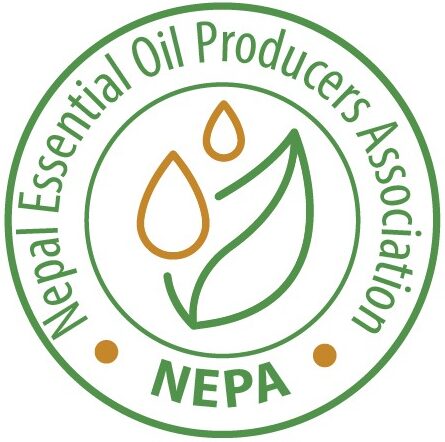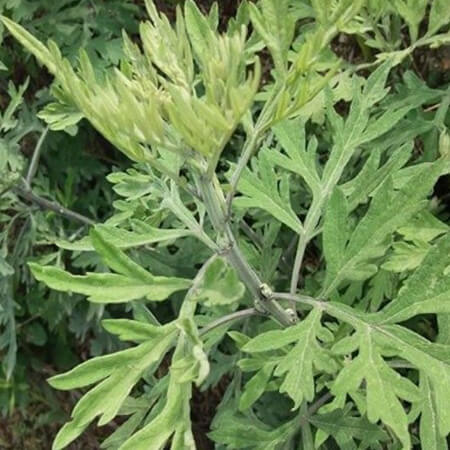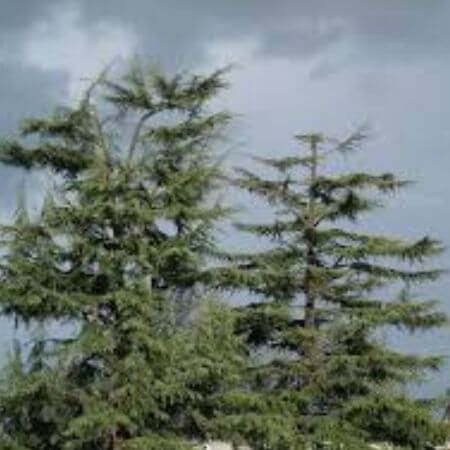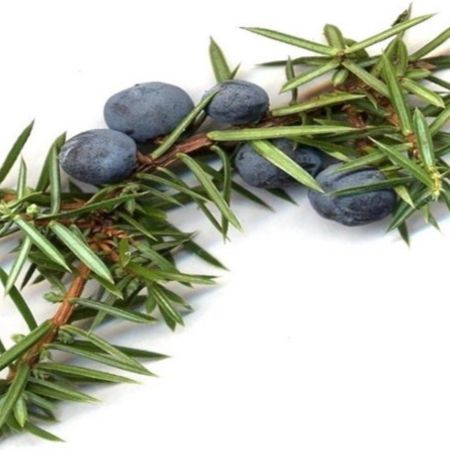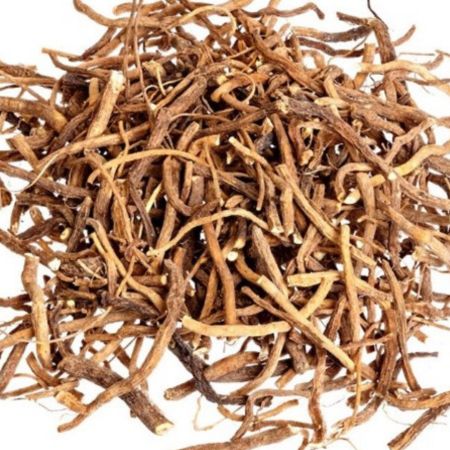Timur (Nepal Pepper)
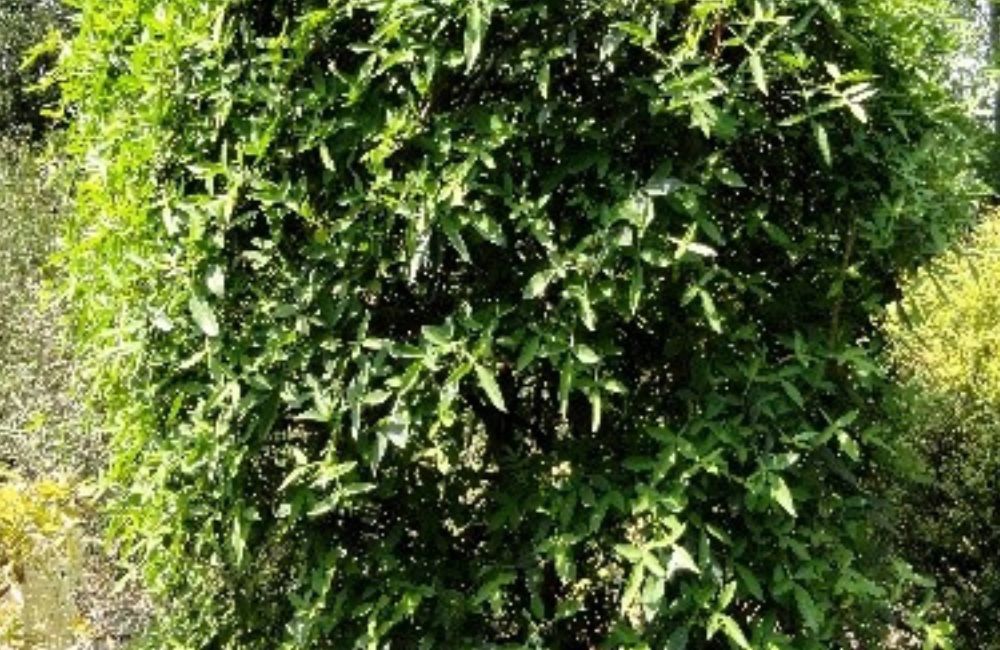
Essential Oil from Timur (Xanthoxylum)
Timur (Nepal Pepper)
Scientific name –
Zanthoxylum armatum
Uses
- Culinary Spice:
Timur is used in Nepali and Himalayan cooking to add a tangy, citrusy, and slightly numbing flavor to dishes like curries, soups, pickles (achar), and spice blends.
- Digestive Aid:
It helps alleviate digestive issues such as indigestion, bloating, flatulence, and poor appetite by stimulating the digestive system.
- Pain Relief:
Timur is often used as a natural remedy for toothaches and gum problems, as it has mild numbing and analgesic effects.
- Respiratory Health:
It is used to treat respiratory issues like colds, coughs, asthma, and sore throats. Timur is commonly consumed as herbal tea or in steam inhalations to relieve nasal congestion.
- Anti-Inflammatory:
The essential oil of Timur has anti-inflammatory properties and is used topically to relieve joint pain, muscle aches, and swelling, especially in conditions like arthritis.
- Antimicrobial Properties:
Timur contains compounds that possess natural antimicrobial activity, making it effective against bacteria, fungi, and other pathogens.
- Aromatherapy:
The essential oil of Timur is used in aromatherapy to help reduce stress, anxiety, and mental fatigue, promoting relaxation and clarity.
- Skin Care:
Timur’s antimicrobial and anti-inflammatory properties are used in traditional remedies for treating skin conditions such as rashes, itching, and minor infections.
- Insect Repellent:
The strong aroma of Timur makes it effective as a natural insect repellent, protecting against mosquitoes and other pests.
- Natural Pesticide:
In agriculture, Timur is used as a natural pesticide, with its antimicrobial and repellent properties helping to protect crops from pests and diseases.
Composition
Main Compounds and Approximate Percentage:
- α-Pinene: ~15-20%
- β-Pinene: ~10-15%
- Limonene: ~5-10%
- Caryophyllene: ~5-7%
- Zanthoxylum Alkaloids: ~2-5%
- Sesquiterpenes: ~5-10%

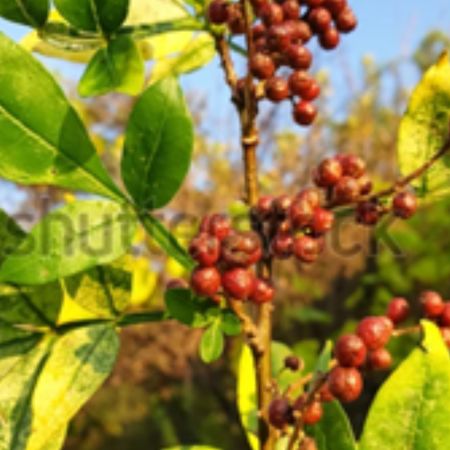
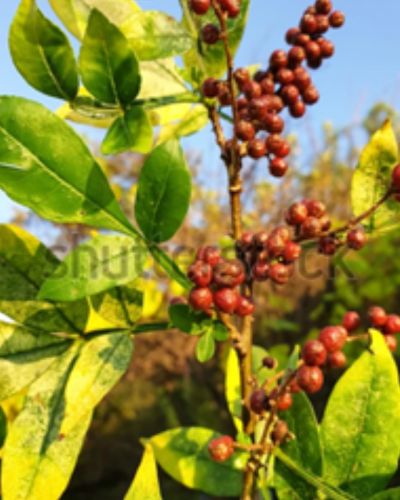
Availability in Nepal:
- Altitude Range:
Typically found between 1,200 to 2,800 meters above sea level.
- Preferred Climate:
Grows in temperate and subtropical climates, thriving in well-drained soil and moderate rainfall.
- Key Regions in Nepal:
-
- Ilam (Eastern Nepal)
- Taplejung (Eastern Nepal)
- Dhankuta (Eastern Nepal)
- Kaski (Central Nepal)
- Myagdi (Central Nepal)
- Mustang (Central Nepal)
- Makalu-Barun National Park (Eastern Nepal)
- Salyan-(Mid-western Nepal)
- Rara National Park (Mid-Western Nepal)
